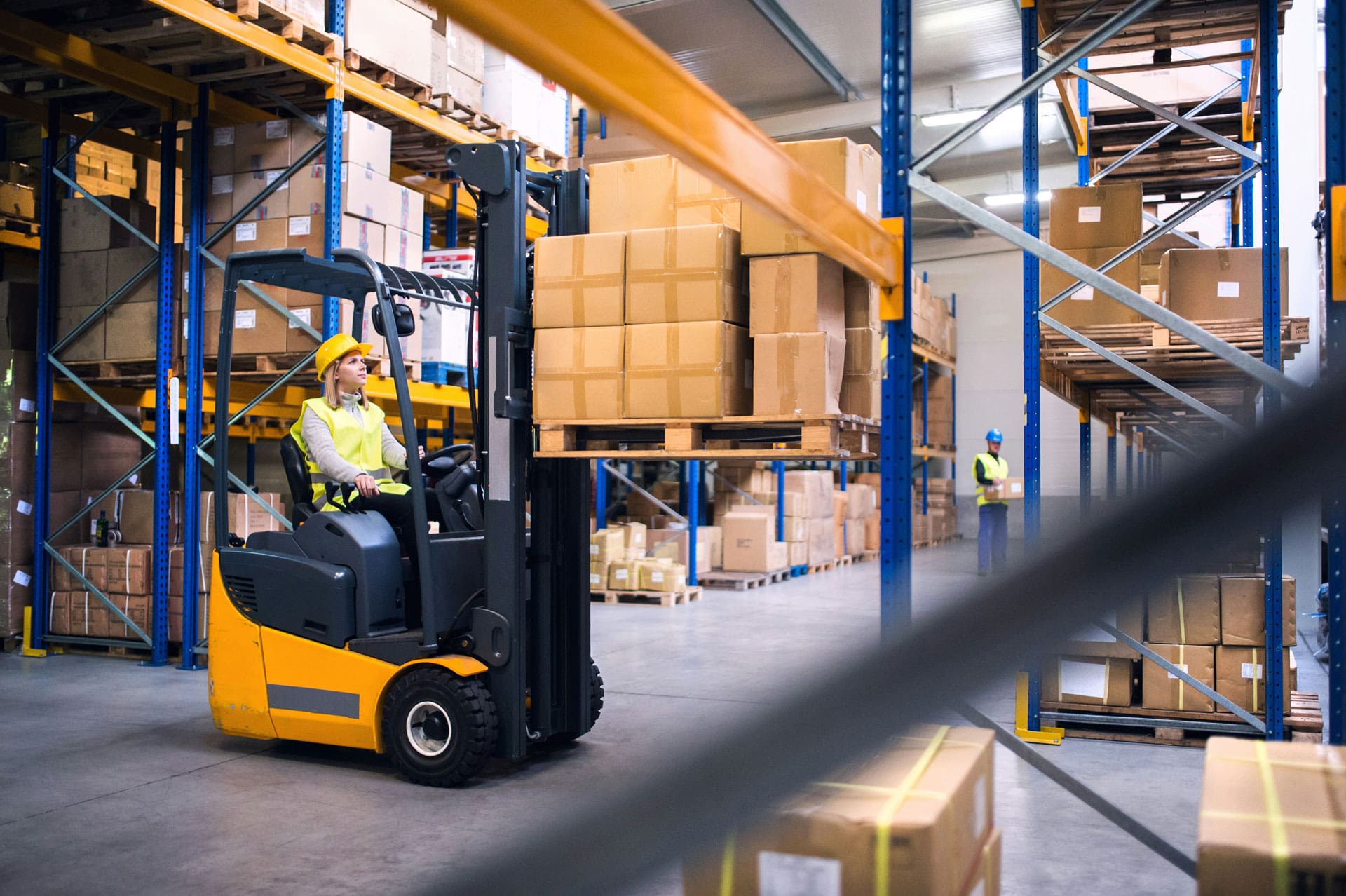AI in supply chain refers to the use of artificial intelligence technologies—such as machine learning, natural language processing, computer vision, and advanced analytics—to improve how supply chains are planned, managed, and optimized. Instead of relying only on traditional rules or historical averages, AI enables supply chains to:
- Predict future demand, risks, and disruptions with higher accuracy.
- Optimize processes such as inventory allocation, transportation routes, and production schedules.
- Automate repetitive tasks like order tracking, invoice matching, or quality inspections.
- Adapt in real time to changes in demand, supplier performance, or external conditions.
- Learn continuously from new data to improve decision-making over time.
In essence, AI helps supply chains shift from being reactive and siloed to proactive, connected, and intelligent—driving better service, lower costs, and stronger resilience. Companies that deploy AI in supply chains often see 2–5x ROI within 2–3 years, with benefits compounding as systems learn and scale across functions.
AI is being applied across nearly every aspect of modern supply chain management to make operations smarter, faster, and more resilient. SCT is working with our clients to identify the high value use cases that make supply chains more predictive, adaptive, and resilient, shifting them from reactive to proactive management. These include:
- Demand Forecasting & Planning – AI models analyze historical sales, promotions, weather, market trends, and external signals (e.g., social media, economic data) to generate more accurate demand forecasts, which helps reduce stockouts, excess inventory, and costly last-minute adjustments.
- Supply & Inventory Optimization – Predicts inventory needs across locations and dynamically adjusts safety stock levels, which optimizes replenishment to balance working capital with service levels.
- Supplier & Risk Management – AI scans news, financial reports, and market signals to detect supplier risks earlier, identifying potential disruptions (natural disasters, political instability, raw material shortages) and suggests mitigation strategies.
- Smart Manufacturing & Operations – AI-enabled production scheduling adapts in real time to machine availability and demand shifts, while computer vision and robotics enhance quality control and automation in factories.
- Predictive Maintenance – AI helps companies manage predictive maintenance in robotics and automation by analyzing sensor and performance data to detect early signs of wear or failure, enabling proactive repairs that minimize downtime and extend equipment life.
- Control Towers & Visibility – AI powers supply chain “control towers” that integrate data across the enterprise and external partners, enabling proactive decision-making and scenario simulation. AI chatbots and service tools provide real-time order status and resolution.
ROI from AI in supply chain can be significant, because it directly improves cost efficiency, service levels, and resilience. SCT projects the following, though the exact numbers depend on your industry, maturity, and scope of adoption – SCT offers workshops or in depth assessments to refine these estimates and help justify investment in AI.
- Cost Savings & Efficiency – 20–50% lower inventory holding costs from smarter demand forecasting and inventory optimization and 10–40% productivity gains in warehouses with AI-driven automation, robotics, and vision systems.
- Revenue Growth & Service Improvement – 3–10% increase in revenue from better product availability and fewer stockouts. 10–20% higher customer satisfaction scores thanks to faster, more reliable fulfillment and personalization.
- Risk Reduction & Resilience – Faster disruption response through AI-powered control towers and scenario planning, and early detection of supplier or logistics risks reduces the impact of shortages or delays. This ROI is harder to quantify, but can prevent millions in lost revenue during crises.
- Equipment Availability and Lifespan – 10–30% reduction in maintenance costs by fixing only what’s needed, when it’s needed, plus a 20–50% reduction in unplanned downtime, avoiding costly production halts and 10–20% increase in equipment lifespan, delaying capital expenditures.
